The 1970s were a different time, especially when it came to school rules and regulations. Back then, schools had policies that would seem completely outrageous—or even downright unacceptable—by today’s standards. From dress codes that bordered on the absurd to disciplinary measures that might make modern parents’ jaws drop, the rules of the ’70s paint a fascinating picture of just how much things have changed. Let’s take a look back at 12 bizarre school rules from the ’70s that would never fly today.
1. Corporal Punishment Was Fair Game

Back in the ’70s, it wasn’t uncommon for teachers and principals to use a paddle or ruler to discipline students. Whether it was a swat on the hand or a smack on the backside, corporal punishment was seen as a legitimate way to maintain order in the classroom. While some parents supported the practice, others were less enthusiastic—but either way, it was a reality of school life. Today, the idea of a teacher physically disciplining a child would lead to a major scandal and likely a lawsuit.
2. Gender-Specific Dress Codes
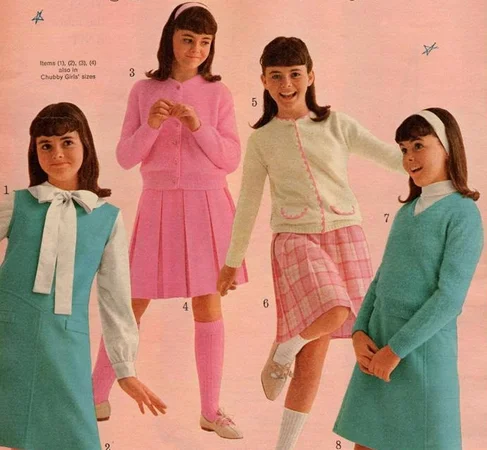
In many schools, girls were not allowed to wear pants—ever. Dresses or skirts were mandatory, even in cold weather, and some schools had strict rules about skirt lengths, often enforcing the “knee-length or longer” policy with rulers. Boys, on the other hand, had to maintain short hair and avoid anything that might seem too “feminine.” These rigid gender norms would seem archaic today, as modern dress codes are much more focused on equality and comfort.
3. Mandatory Home Economics and Shop Classes—By Gender

Back in the ’70s, boys took shop class, learning woodworking and mechanical skills, while girls were shuffled into home economics to practice cooking, sewing, and household management. There was little to no room for choice, and it reinforced strict gender roles that would be considered outdated today. While both skill sets are valuable, the enforced separation based on gender would now be seen as limiting and discriminatory. Today, most schools offer these as electives open to everyone.
4. No Left-Handed Writing Allowed

In some schools, left-handed students were forced to switch to their right hand, often through repetitive exercises or even physical guidance. The belief was that writing with the left hand was “wrong” or “unacceptable,” and teachers would sometimes go to extreme lengths to “correct” this. Left-handed students were given a hard time and sometimes punished for not conforming. Today, this practice would be considered a violation of a student’s individuality and a misunderstanding of basic biology.
5. Smoking Areas for Students

It sounds wild today, but in the 1970s, some high schools actually had designated smoking areas for students. The legal smoking age was 18, but enforcement was lax, and it wasn’t uncommon to see students as young as 16 lighting up during breaks. Schools rationalized that it was better to give kids a designated space rather than have them sneak off-campus. Nowadays, any sign of a cigarette on school grounds would lead to serious disciplinary action.
6. Pledge of Allegiance and Mandatory Prayer
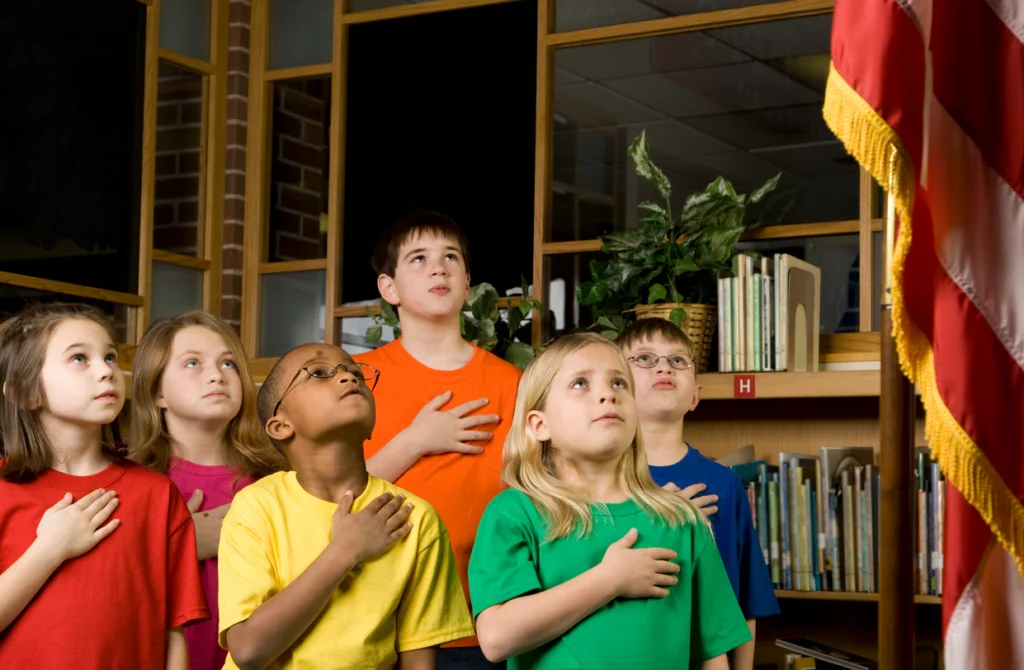
Every morning, students stood to recite the Pledge of Allegiance, and in some schools, this was followed by a moment of prayer or Bible reading. While the Pledge is still common today, religious practices in public schools have been largely phased out due to concerns over separation of church and state. Back then, opting out could lead to being singled out or reprimanded. Today, schools prioritize inclusivity and respect for diverse religious beliefs—or the choice to not participate at all.
7. Duct Tape for Talkative Kids
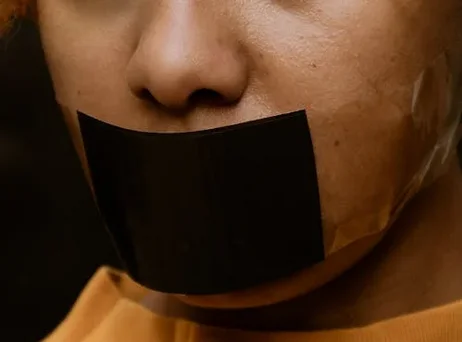
Believe it or not, some teachers used duct tape to keep chatty kids quiet—sometimes taping their mouths or even securing them to their desks. While this was an extreme measure and not necessarily widespread, it did happen, and many students still remember these harsh discipline tactics. Modern educators would never consider such an approach, as it would likely lead to a swift suspension or even legal action. Today’s classrooms focus more on positive reinforcement and constructive discipline.
8. Strict Hair Policies
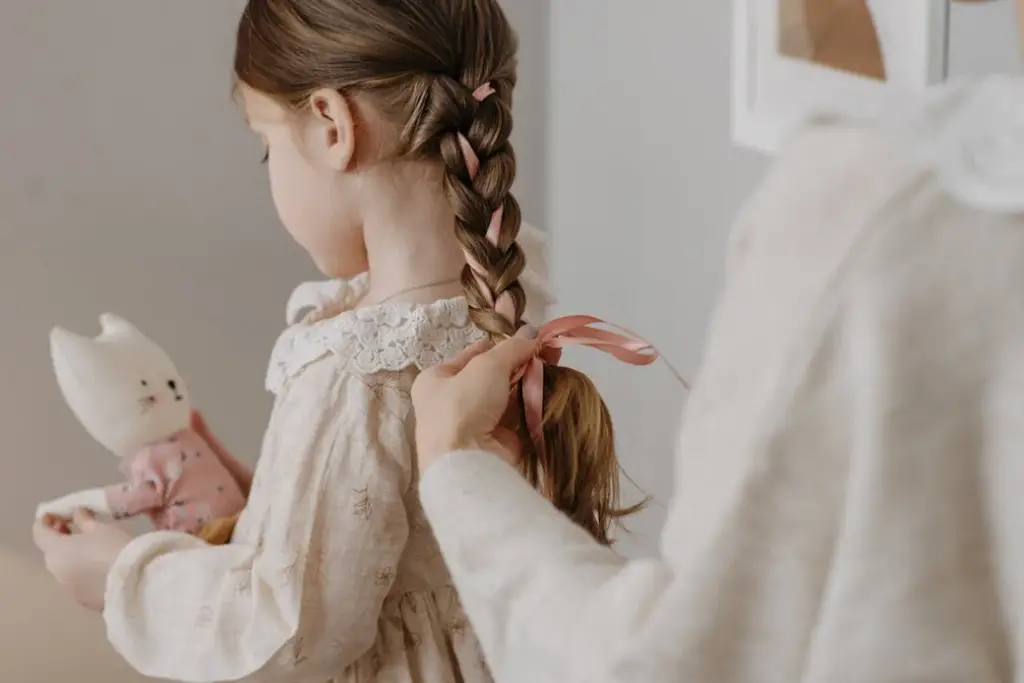
Boys with long hair? Not in the ’70s! Many schools had rules requiring boys to keep their hair short and tidy, often with specific length requirements. Violating these policies could lead to detention, suspension, or being sent home until the hair was cut. Today, with schools striving to embrace individuality and self-expression, such strict hair policies would likely lead to protests and policy changes.
9. Lunchroom Isolation as Punishment
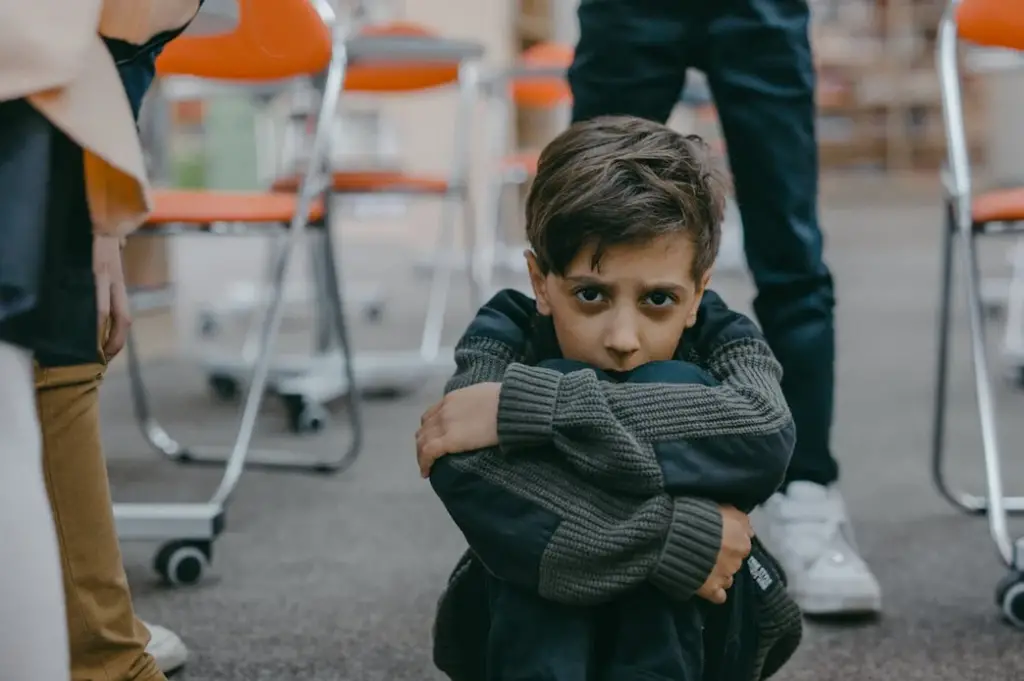
In the 1970s, if you misbehaved, you might find yourself eating lunch alone at a special “punishment” table. The idea was to shame students into behaving, but it often led to feelings of isolation and embarrassment. This practice has since been replaced with more constructive forms of discipline that aim to address behavior without damaging a child’s self-esteem. Modern schools emphasize inclusion and finding healthier ways to correct behavior.
10. No Talking in the Hallways
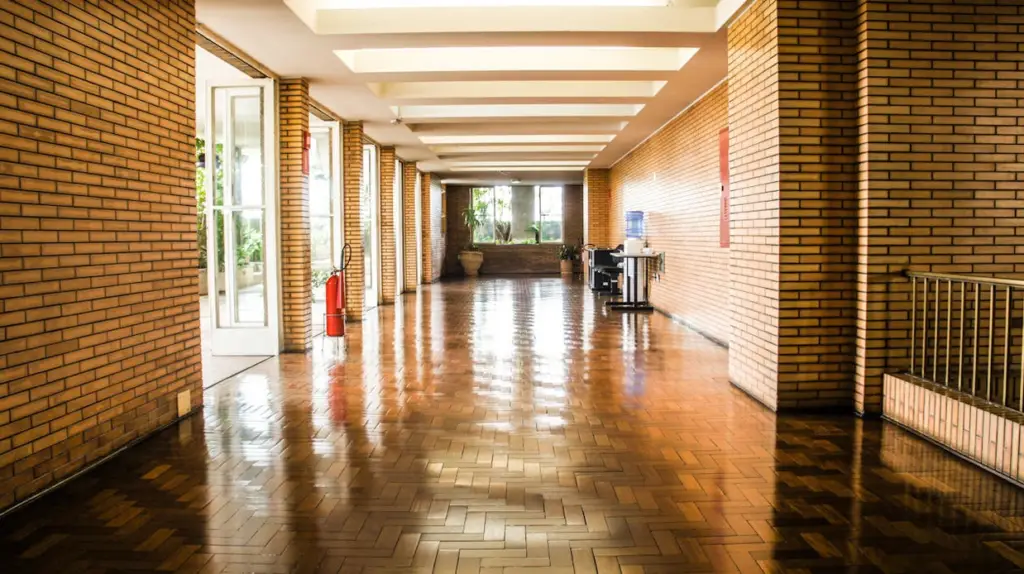
Many schools enforced strict silence during hallway transitions, with teachers stationed to ensure that no one spoke between classes. The logic was that silence would maintain order and prevent disruptions, but it also made school feel more like a military academy than a place of learning. Today, while rules still exist to maintain order, students are generally allowed to chat and socialize between classes—within reason. Schools now recognize that social interaction is an important part of the school experience.
11. The “No Water Bottle” Rule

Back in the day, water fountains were the only option if you were thirsty during school hours. Bringing a personal water bottle was often forbidden, and asking to get a drink during class could lead to a lecture on disrupting lessons. Dehydration and lack of focus were common side effects of this rule. Today, hydration is encouraged, and water bottles are a common sight on desks, as schools recognize the link between water intake and concentration.
12. Forced Outdoor Recess in Any Weather
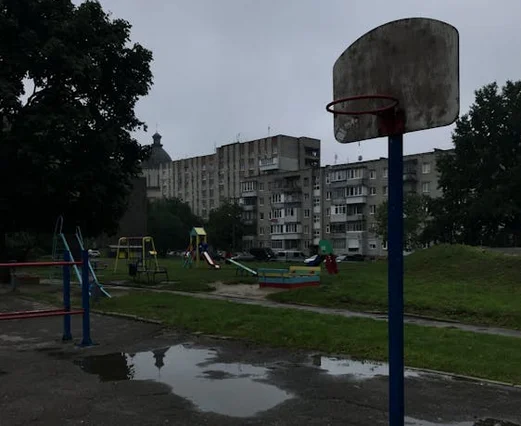
Rain, snow, freezing temperatures—it didn’t matter. In the ’70s, kids were often sent outside for recess regardless of the weather, as long as it wasn’t a full-blown storm. Teachers believed in the benefits of fresh air, and students were expected to bundle up and tough it out. These days, schools take weather conditions more seriously, and indoor recess is offered when it’s too cold, wet, or unsafe outside.
School rules in the 1970s reflected a different era, with a stronger emphasis on discipline, conformity, and control. While some of these rules were well-intentioned, many seem downright bizarre—or even harmful—when viewed through today’s lens. As schools continue to evolve, it’s clear that prioritizing students’ well-being, individuality, and comfort has become just as important as maintaining order and discipline. And while the ’70s had its charm, some rules are definitely better left in the past.


